Last night we had our first annual Winter Art Show, and it was a big success! 1st and 2nd graders had their adorable owls on display and 4th graders presented their "Wintery Landscapes." Parents, grandparents, brothers and sister and family friends filled the hallway, marveling at the beautiful work these artists created! They enjoyed refreshments, signed our welcome poster and chatted with classmates and teachers. The artwork will remain on display for most of February.
A huge thanks goes out to everyone who came to celebrate the artists and especially to those who chipped in with either their time or donation of snacks. Teller Families Rock!!
Joan Miro was a Spanish surrealist painter whose dreamlike imagery is easily deciphered by young children. Dots and Lines are the foundations for all drawing. Miro adeptly combines these expressive features and children identify stars, faces, and various creatures and forms. Primary colors play center stage in these fantastical compositions.
Kindergarteners identified and practiced the symbols Joan Miro used. Then they practiced using and mixing tempera paints to create some awesome artwork!
| Joan Miro's paintings: | Kindergartener's paintings: |
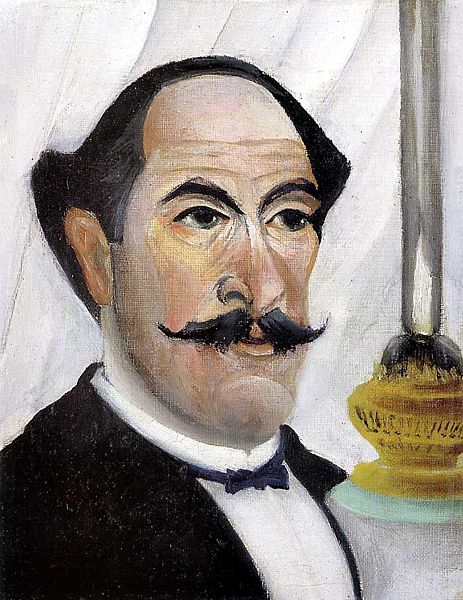 Self Portrait | 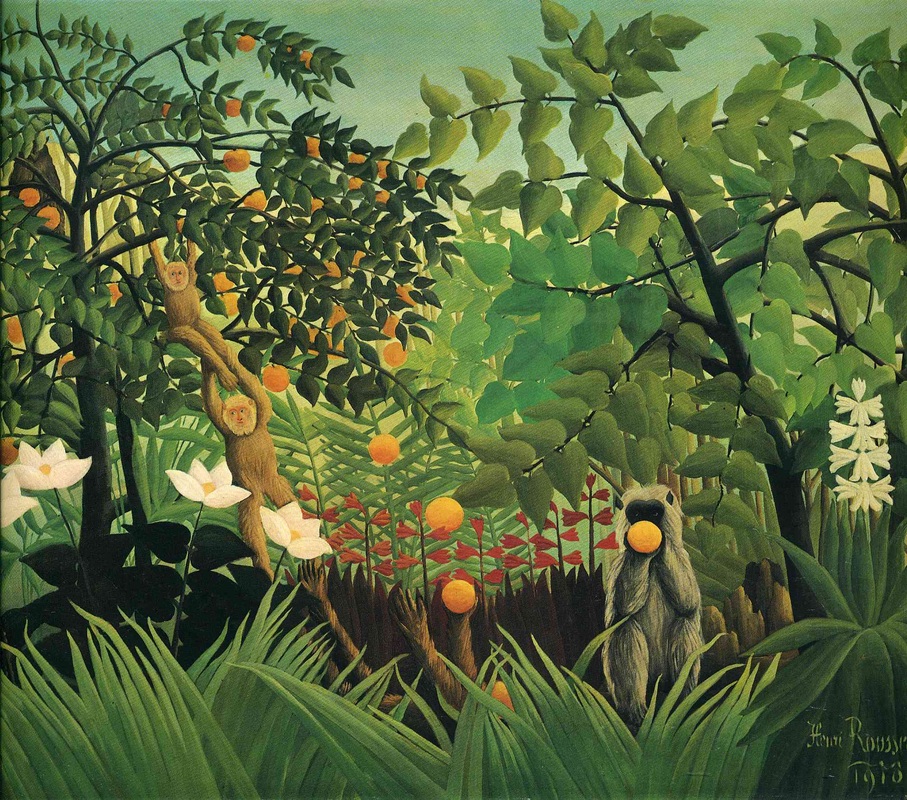 "Exotic Landscape" 1910 |
Fifth graders have been working hard on paintings to display at their production of "Jungle Book Kids!"
We got inspired by the work of the self-taught, Post-Impressionist French painter Henri Rousseau. We noticed that he showed space through overlapping and was skilled at creating a variety of shades of green, so that's what we aimed for in our own paintings. Fifth graders learned and practiced new painting techniques including watercolor wash for the background and mixing tempera to create multiple shades of one color.
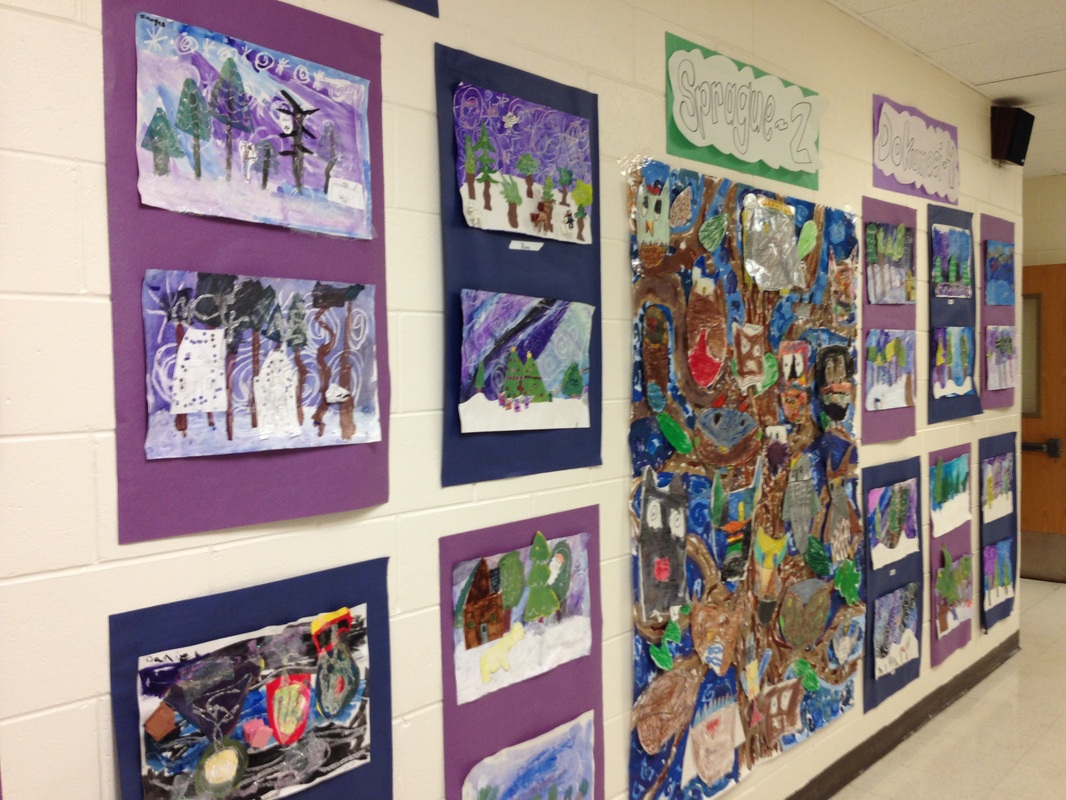
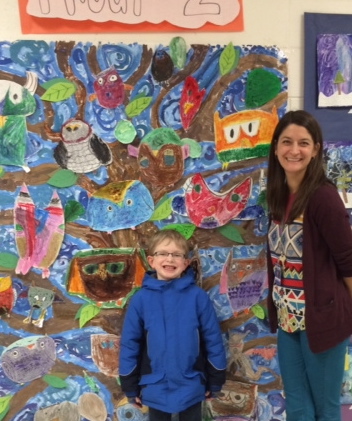
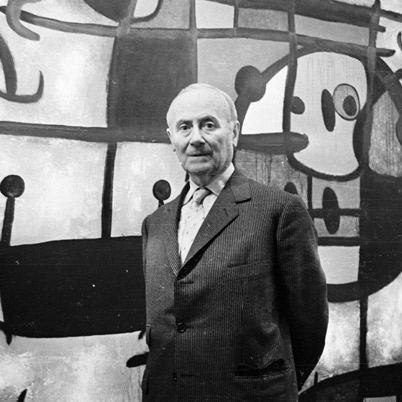
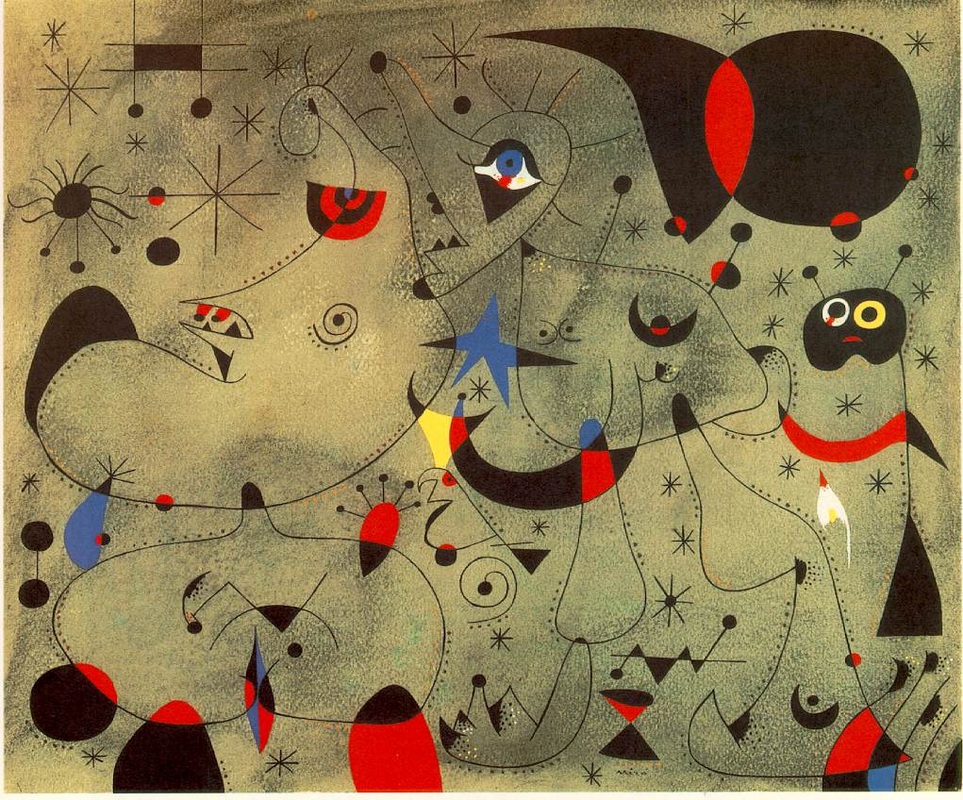
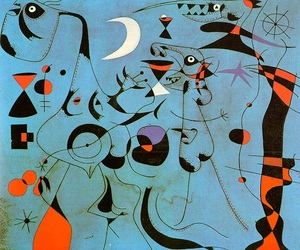
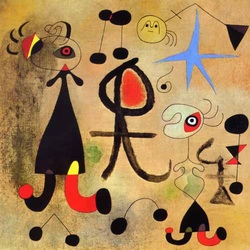
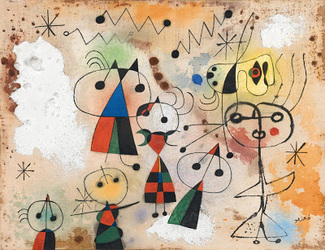
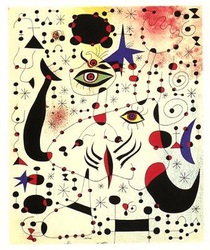
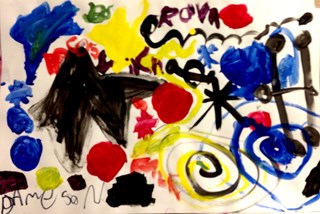
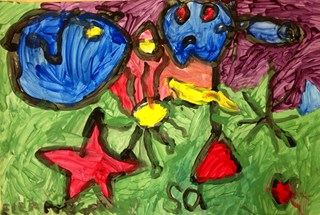
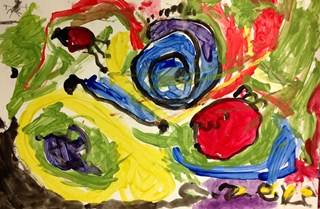
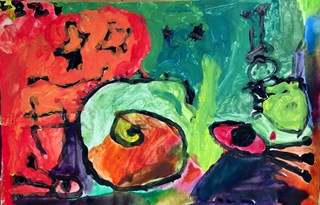

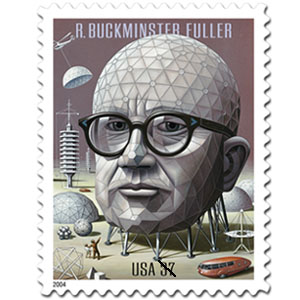



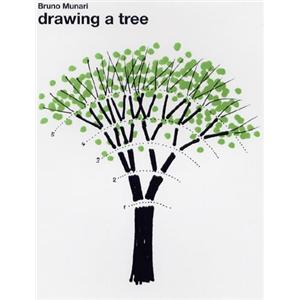
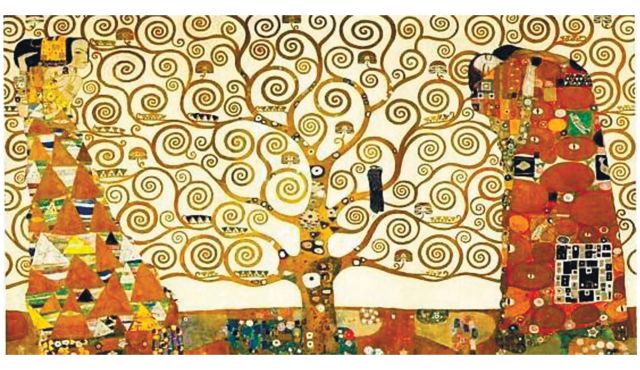
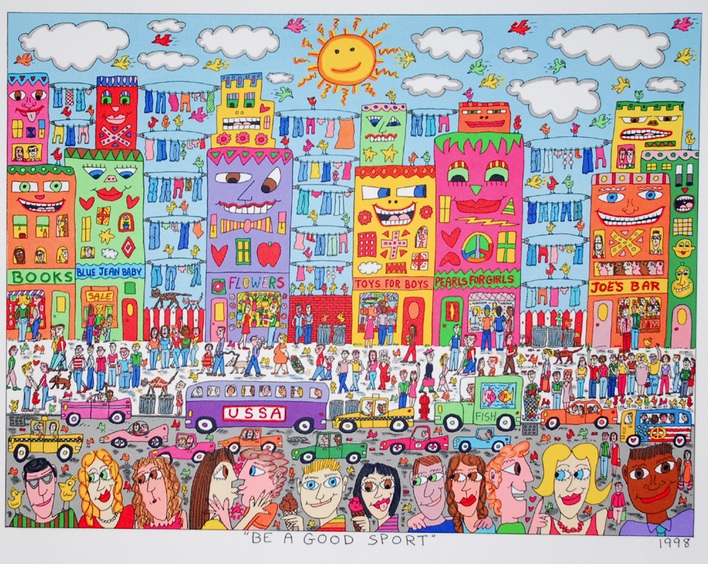
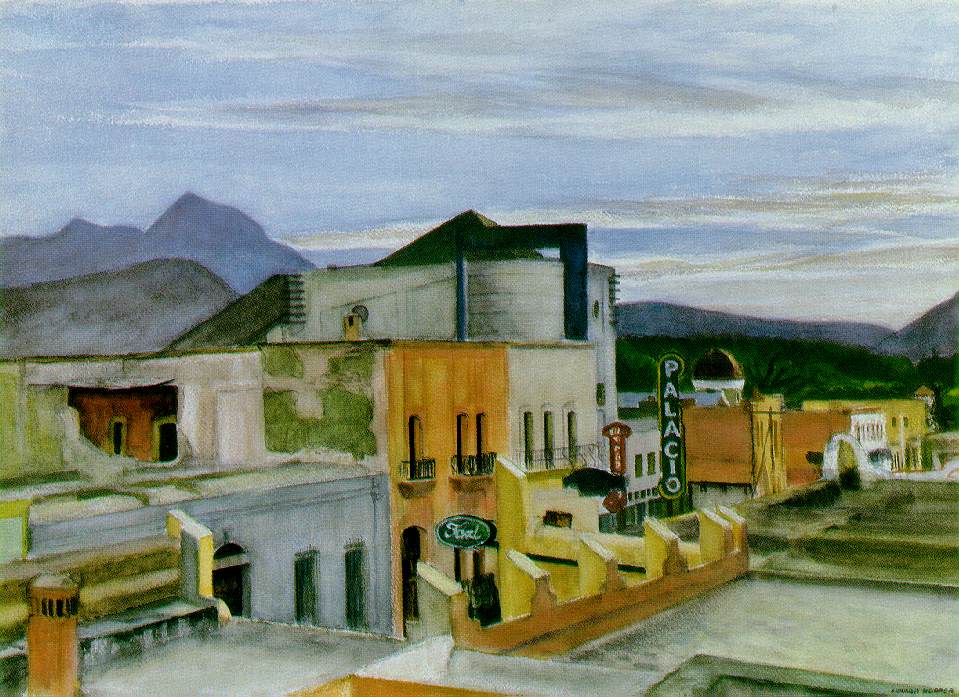
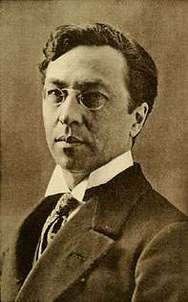
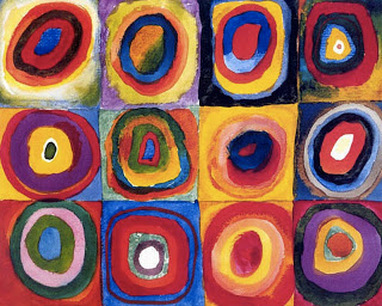
 RSS Feed
RSS Feed